Fashion weeks can be haughty and highly competitive affairs. I’ve politely ignored rival editors across the runway in Paris, fought for interviews backstage in Milan and scrambled for samples in London showrooms.
But this year at Afterpay Australian Fashion Week – which was the first international fashion week to return in a physical presence after Covid-19 – there was a new post-Pandemic spirit of caring and cooperation in the air. Influencers shared selfies, designers pooled resources and don’t tell anyone, but some of us even hugged and (air) kissed.
A fresh spirit of optimism and ease also permeated the clothes, making this year’s AAFW the friendliest – and most wardrobe-friendly – event in years.
The new mood
The new, inclusive mood began with a powerful Welcome to Country ceremony, heralding not one but three indigenous fashion events, including the first curated Indigenous runway show featuring all Indigenous models and designers.
Elsewhere across the event, journalists from competing titles pooled Ubers, designers collaborated on collections (emerging, sustainable designer Iordanes Spryridon Gogos worked with no less than 25) and phone chargers were shared freely in a previously competitive environment.
This new spirit of collaboration comes after what has been a challenging and humbling year for many in the fashion industry – particularly those in fashion media, where the closure of magazines and the shrinking of media outlets has forced many journalists and stylists into new ways of working, and dismantled old-school, haughty hierarchies in the process.
That, together with the admission of the paying public for the first time, and a sense of having survived the retail apocalypse of the pandemic, made for a more relaxed, open event for all.
“The fashion week circuit does indeed feel like a renewed energy and spirit has re-energised our industry,” says AJE co-founder Edwina Forrest, while David Jones general manager of womenswear, footwear and accessories Bridget Veal, added: “The consumer shows have made it more accessible and that’s really great post-Covid. Fashion Week has become more approachable and inclusive.”
“To have the industry reunited and collaborating creatively in real life has definitely been the highlight,” adds MCMPR fashion agency director Marie Claude Mallat. “It somehow feels re-energised and renewed creatively. People are more tolerant, more open and it feels re-energised and more optimistic.”
Meanwhile, in street style…
Oversized tailoring, cross-body bags and comfy shoes – think trainers, fussbett sandals and combat boots – were among the street style trends that dominated the week. Oh, and on Tuesday everyone wore brown. No idea why.
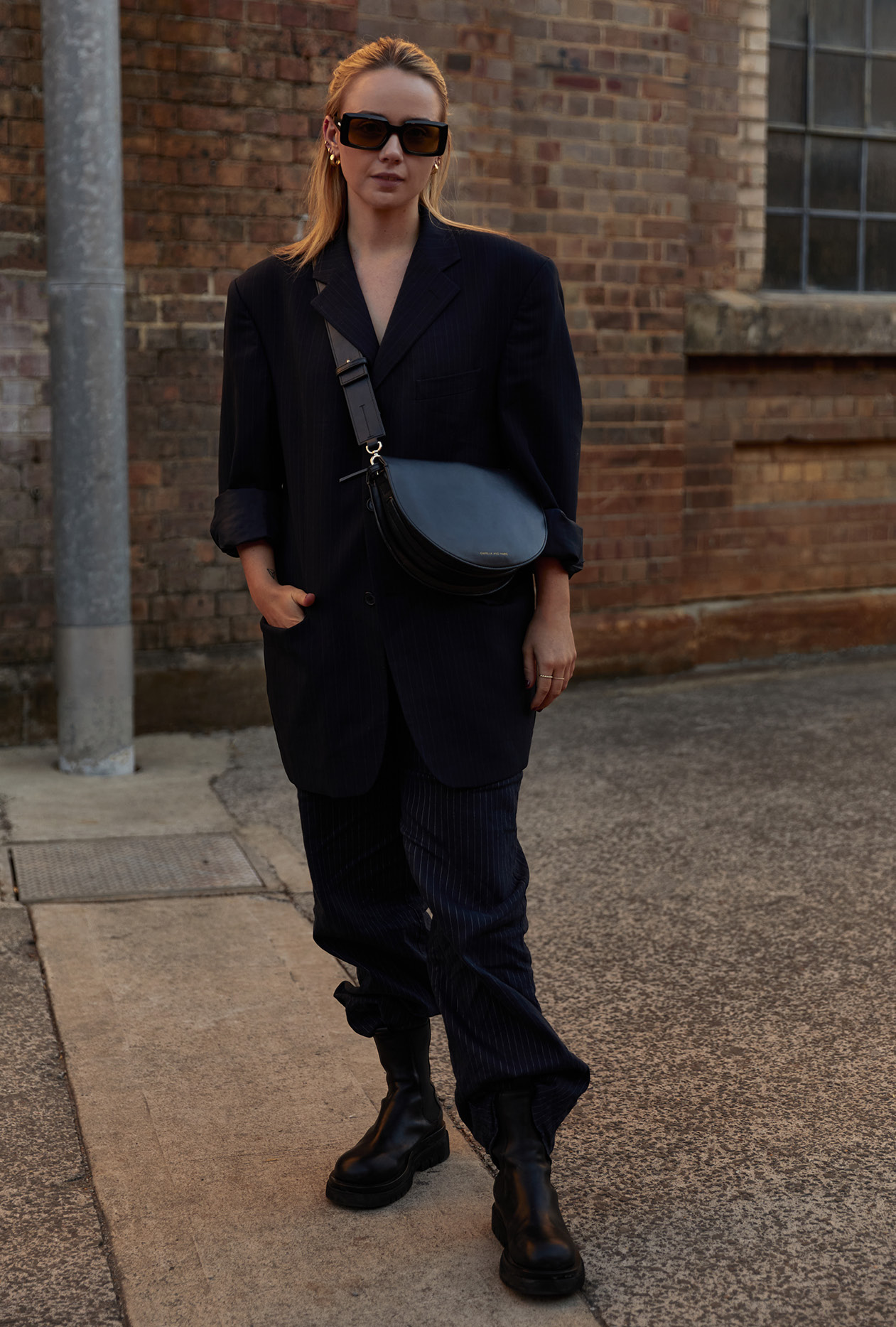
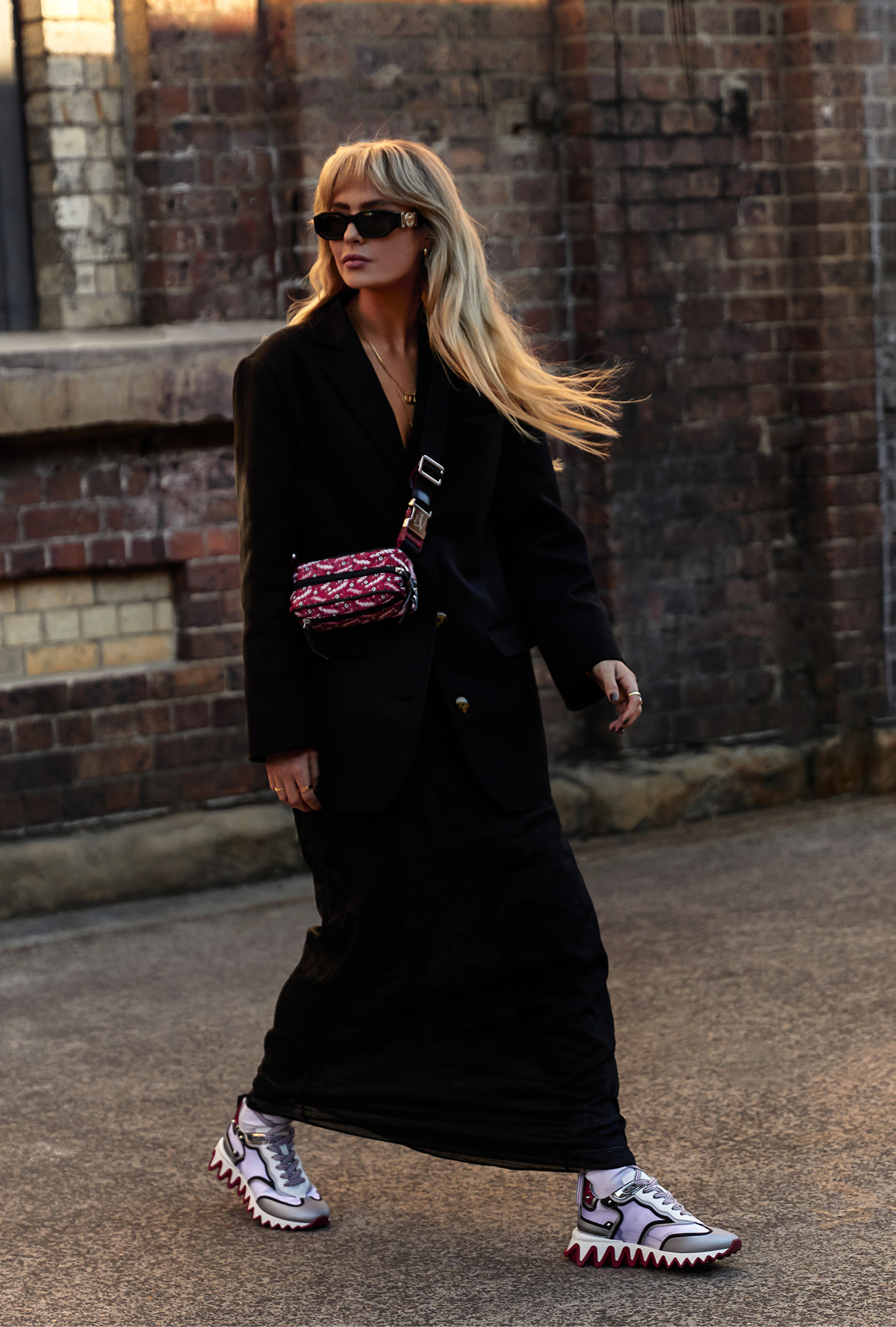
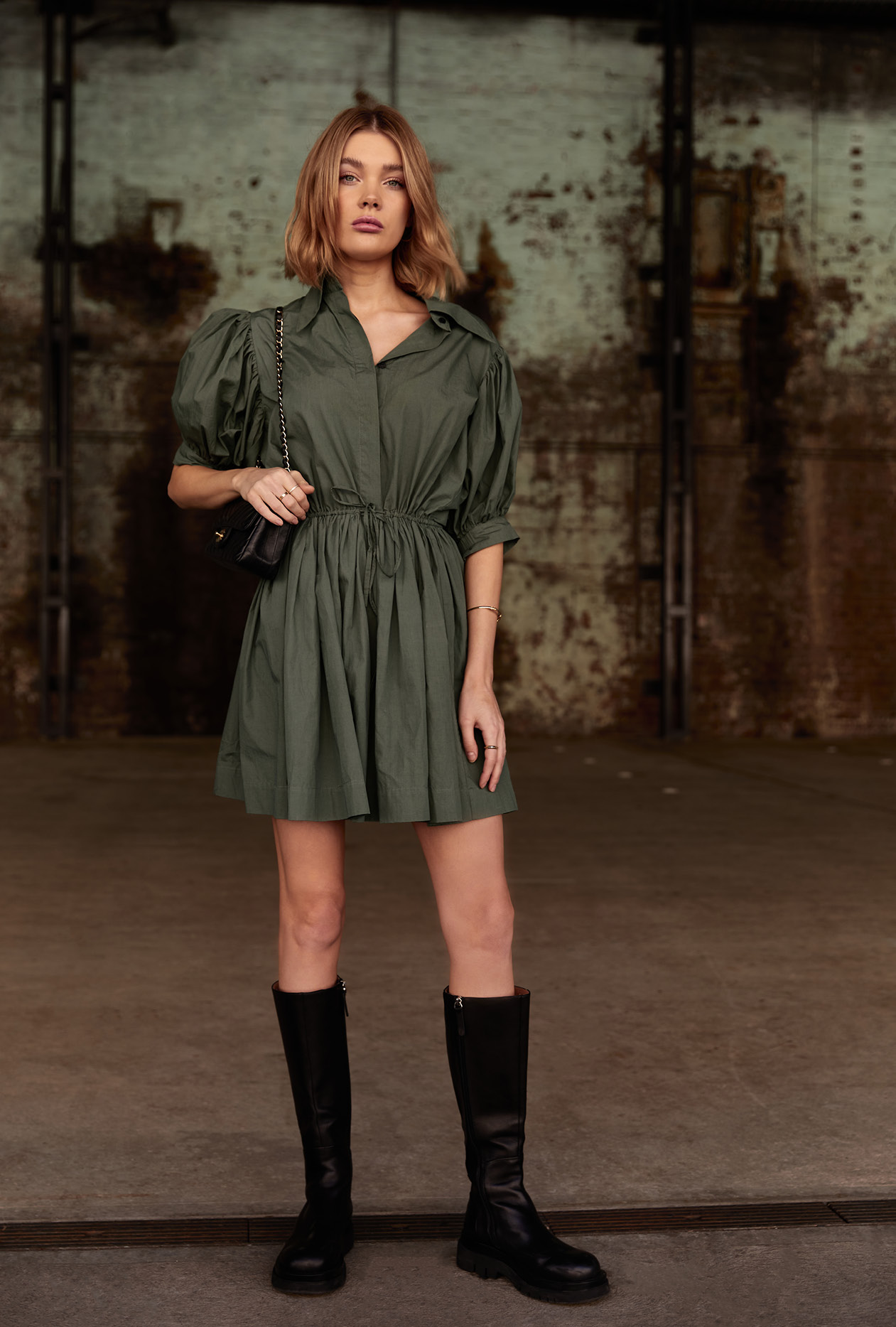
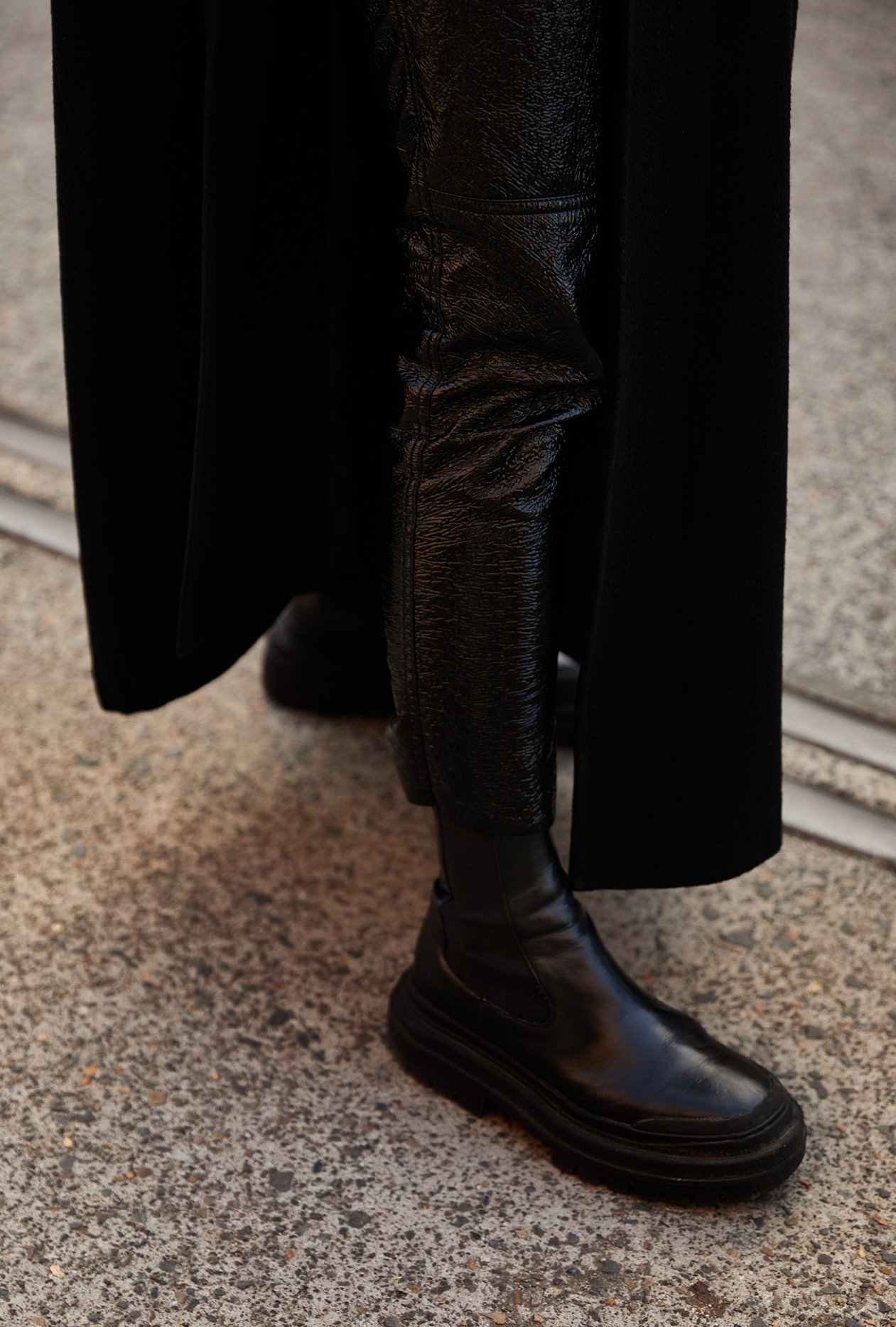
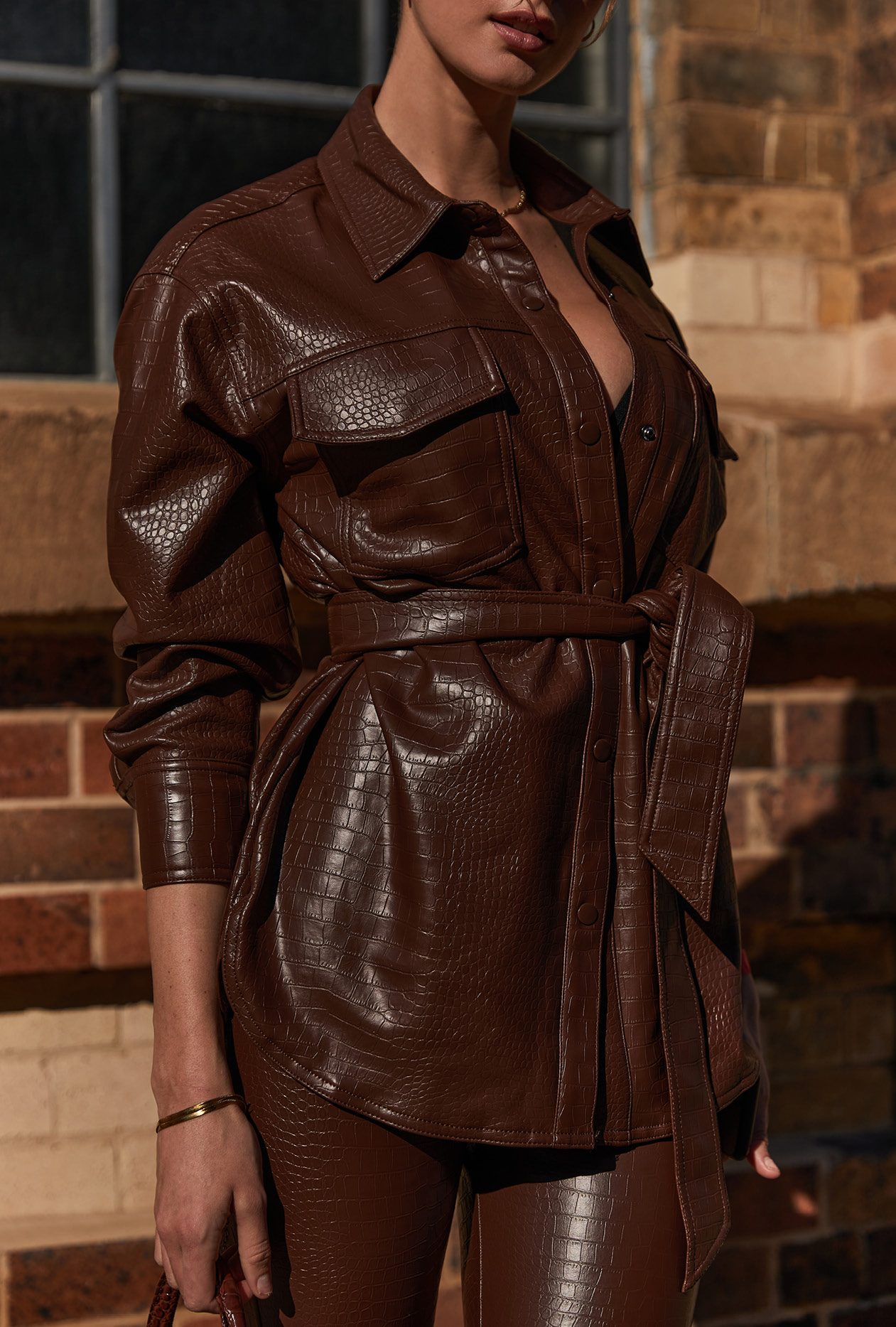
For fashion media and buyers, normcore was the new normal. Even Vogue editor chief Edwina McCann wore trainers, while another magazine fashion editor, who shall remain anonymous, confessed to wearing lycra bike pants under her skirt just to keep warm. On one particularly cold and rainy day, Order fashion agency co-founder Kirsten Lock snuggled up in a parka by The North Face, which became the unlikely trophy piece of the week.
“People are dressing to work, not to work it,” said Parlour X founder Eva Galambos. “We’re all just grateful to be here.”
Volume, volume, volume
Designers turned to voluminous silhouettes as Covid-19 cocooning took over the catwalks, from the poufy pillow-adorned outfits with which Jordan Dalah opened fashion week to the giant doona dresses Yousef Akbar showed on day three.
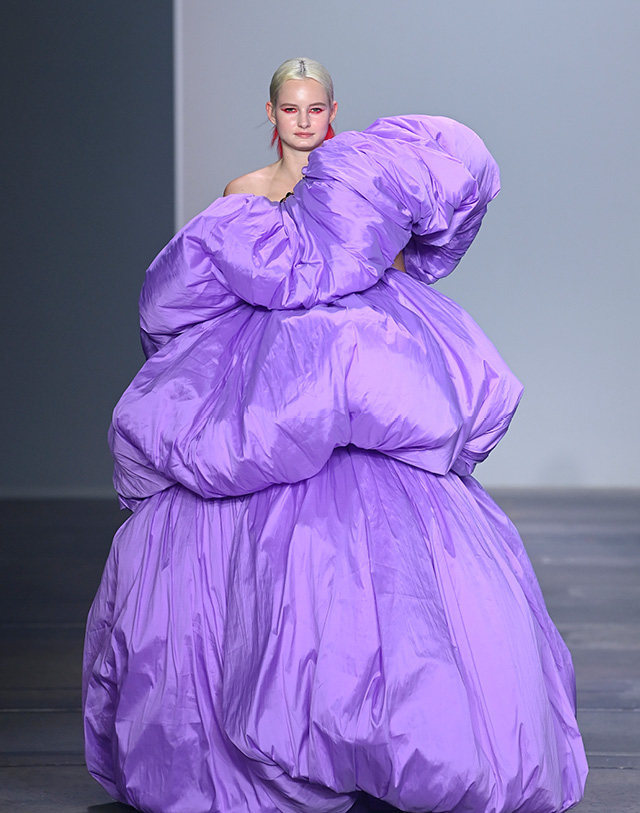
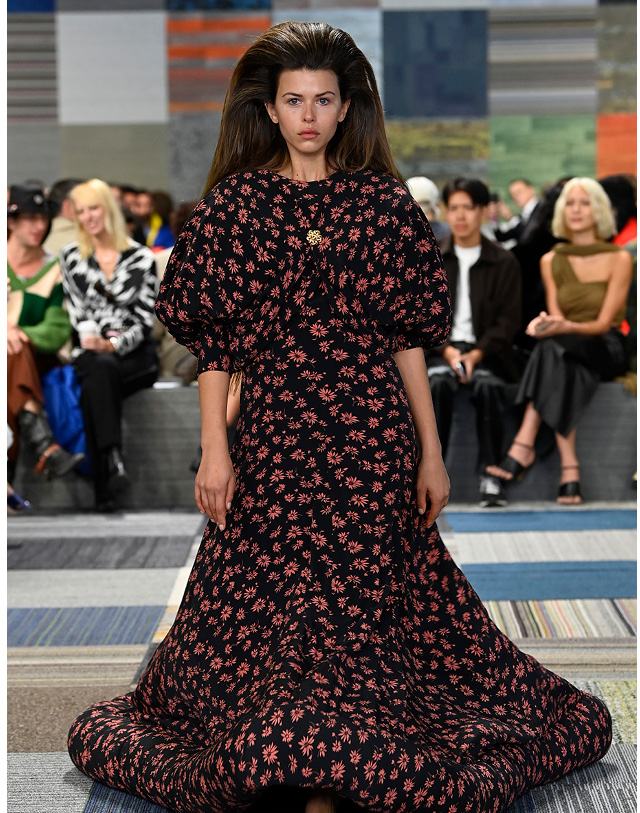
Every designer seemed to find a few extra metres of fabric to throw on the runway, employing highly tactile textures and enveloping silhouettes that turned the event into one big pyjama party.
For Ginger & Smart co-founder Genevieve Smart, the voluminous approach, together with a focus on colour (neon featured in plenty of shows, including hers) was a natural reaction to the strictures of Covid-19.

“I feel like for Australian women, [post-pandemic dressing] will be about different proportions rather than, say, sequins. I think it’s about having the generosity of a sleeve or a dress with many layers,” said Ginger & Smart co-founder Genevieve Smart, who added that colour will be another way in which Australians express their joy at a return to post-pandemic dressing.
“Australians have always responded to colour [and] I think that’s the way that Australians [will] express this sense of going back out again. There is a romance to this country, which is a relaxed romance, and I think (post-CoVid) we’ll double down on that.”
Flower power
“Florals for spring. Revolutionary.”
So quipped Meryl Streep’s icy editrix in The Devil Wears Prada but it really was a blooming miracle just how much flora found its way into fashion week.
Aje jumped the gun when it showed its aptly named Scent of Summer collection in the Royal Botanic Gardens ahead of the event. Filled with hand-painted overblown florals prints, it was a pretty portent of things to come, with Ginger & Smart, Oroton and Romance Was Born presenting gardens of all manners of floral delights, with the latter’s show set amidst exquisite arrangements of dried hydrangeas created by Sydney florist Grandiflora.
“For some time [during Covid] we weren’t really making an effort,” says Smart. “I think people have discovered that when they put on a beautiful floral wrap dress there’s a sense of, ‘Oh yeah, fashion makes me feel something.”
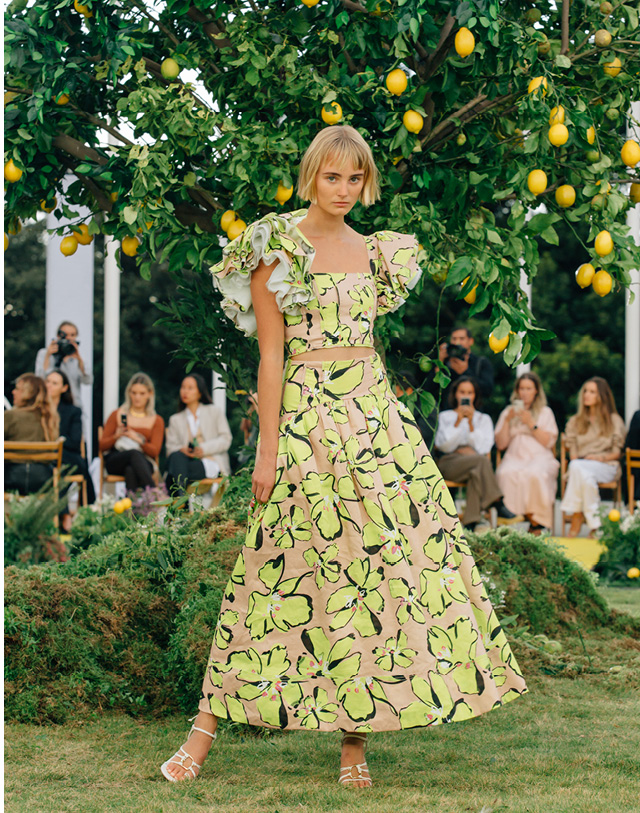
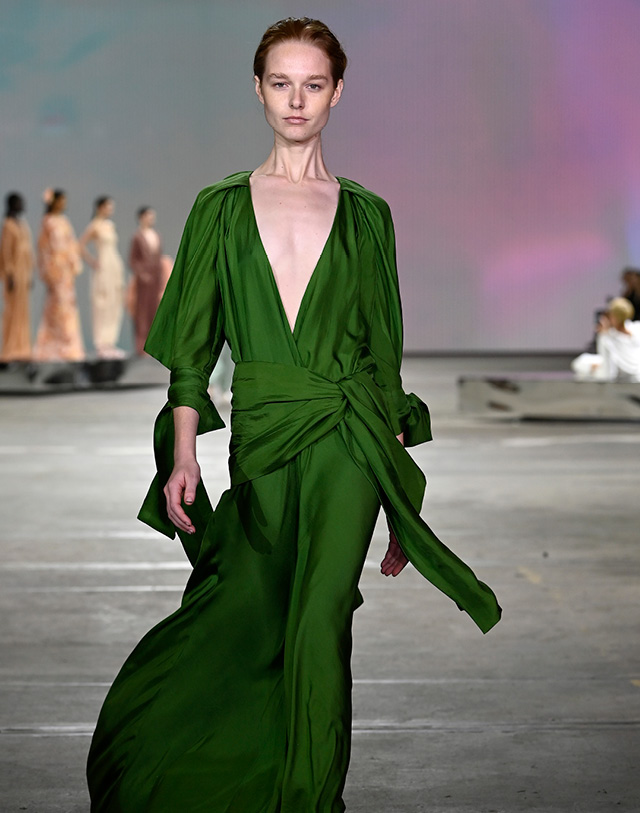
Androgyny
Forget traditional demarcations between womenswear and menswear. Nonplus, Beare Park and Conmas were among the brands showing unisex collections throughout the week, from kaftans to trenches, leather jackets and slouchy merino wool suiting.
These were clothes to be shared between the sexes, a theme that was reflected not just in the clothing on display throughout the week but also in the choice of models, many of whom were gender diverse.
At Romance Was Born, Christian Wilkins stole the show in a lace wedding dress, while drag star Felicia Foxx appeared in the First Nations show wearing a gown by Marrithiyel artist Paul McCann.
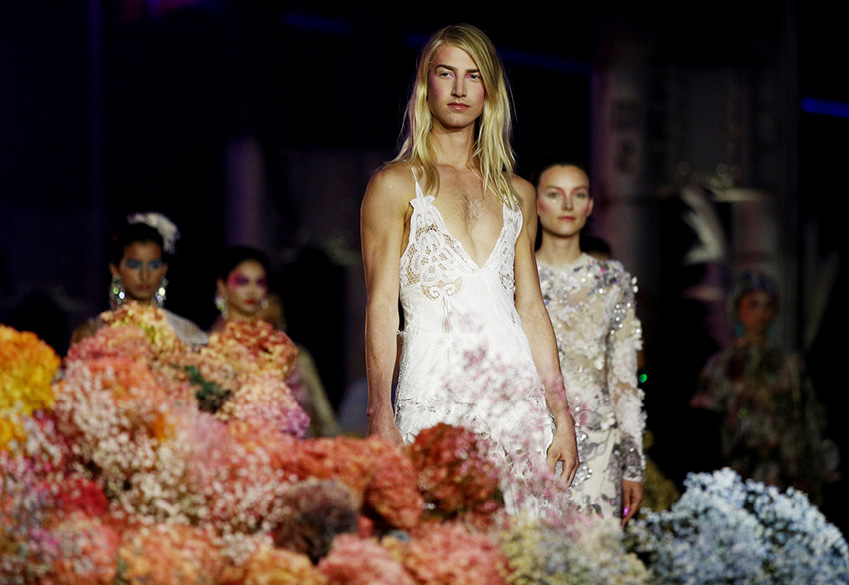
Sustainable style
“Sustainability is not a trend,” said New Zealand designer Maggie Hewitt. “It’s a business imperative.”
Proof positive was the glitzy fashion pack – from Sarah Ellen to Deborah Symonds O’Neill and Bambi Northwood-Blyth – trooping from the event’s official venue in Eveleigh to Centennial Park to watch a short film from a Kiwi designer.
Hewitt’s commitment to using recycled, repurposed and organic materials for her brand Maggie Marilyn was echoed at Kit X, where garments featured upcycled denim and discarded fishing nets knitted into jersey using solar power, while swimwear brand Bondi Born showed as a proudly B Corp certified business and Bassike announced its stores and head office would achieve carbon neutrality by 2025.
“There’s been a huge shift towards a more conscious approach,” says Mallat. “We’ve seen a move away from fast trend-driven items and an interest in supporting brands and initiatives which are charitable, inclusive and sustainable.”
Want more style stories? Sign up to PRIMER’s weekly newsletter




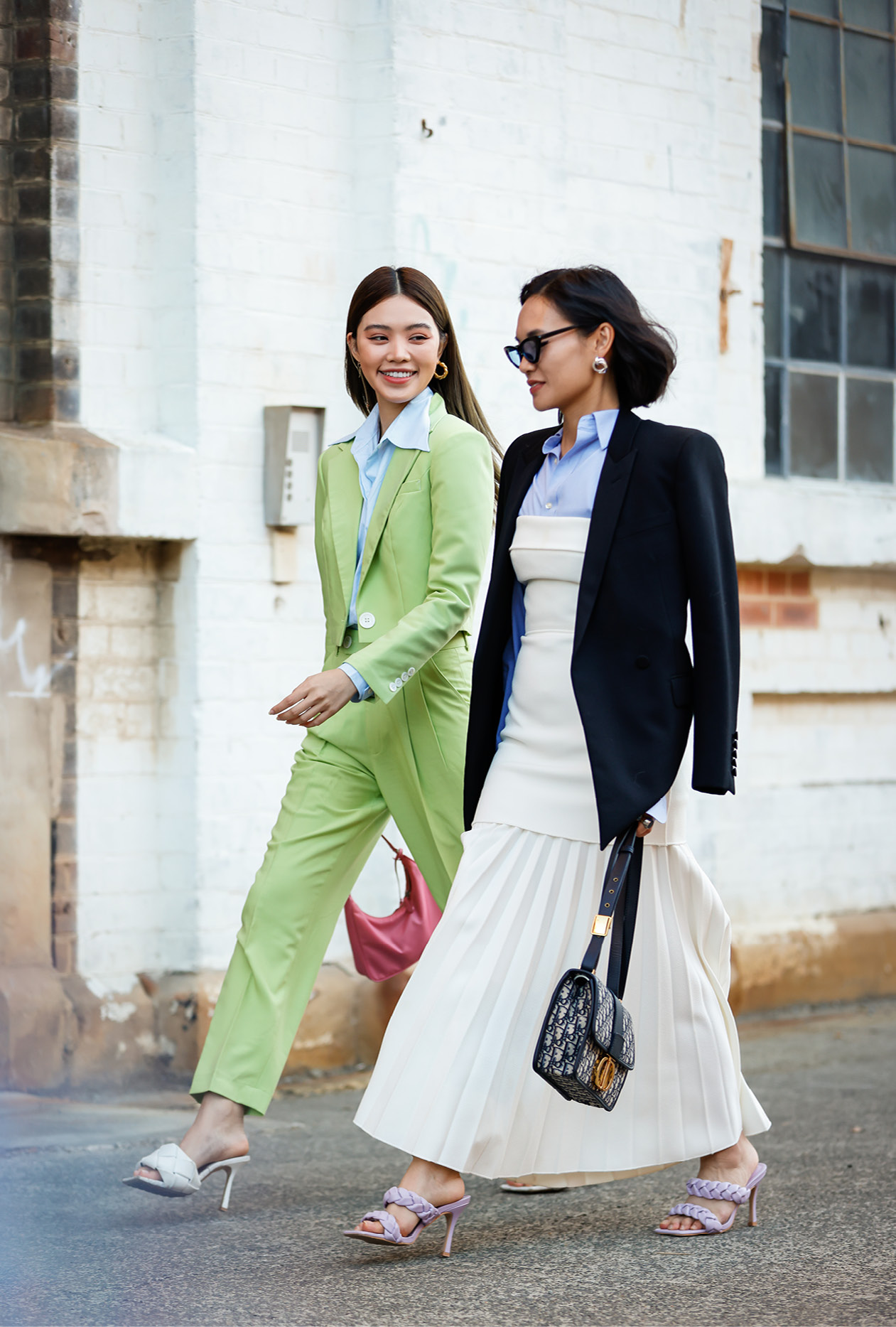


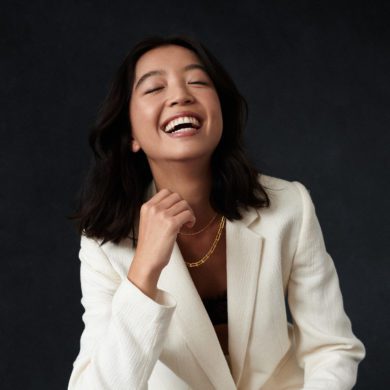
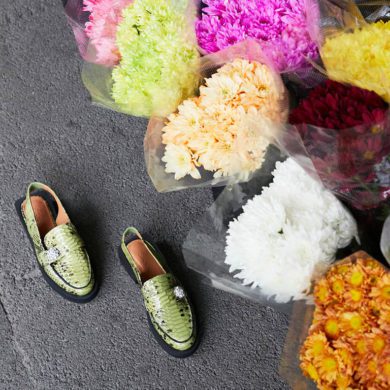
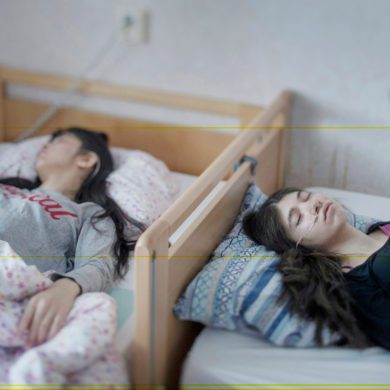

No Comments